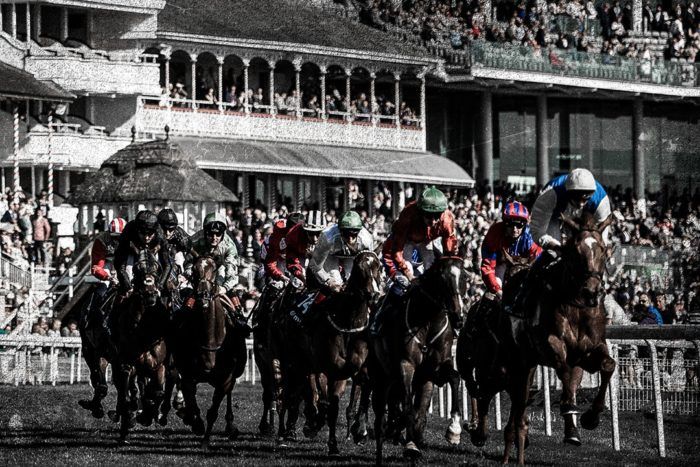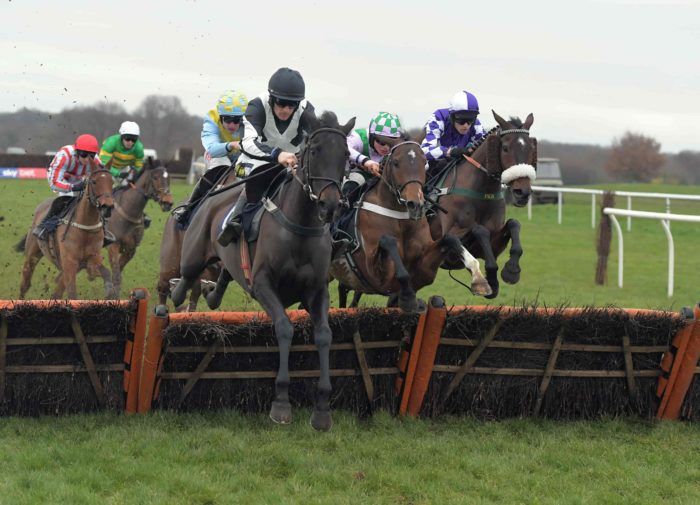A Beginner’s Guide to Horse Racing Odds
Odds aren’t always the easiest thing to get your head around, and when it comes to horse racing betting odds, it can be particularly complicated. Unlike traditional casino odds, which are generally fixed – they don’t change while you’re playing – horse racing odds are fluid, meaning that, throughout the course of any given race day, the odds on certain runners can fluctuate. So, when you’re looking at your computer screen, trying to figure out which horse is a safe bet and they change periodically, it can be frustrating. On top of that, considering the number of events that happen worldwide, and the number of horses in each event, getting to grips with horse odds can sometimes be overwhelming.
Luckily, we’ve put together this quick, easy-to-read guide to help you get horse racing odds explained properly. From what odds actually are to the different kinds you might encounter to calculating your own odds, we’ve got everything you need to master the process. It doesn’t matter if you’re a beginner looking to lay your first bet or a well-versed bettor after some brush-up lessons, there’s something for everyone!
What are odds in Horse Racing?
Put simply, odds are the mathematical representation of how likely an outcome is of happening. In the case of horse racing betting odds, it’s how likely a horse is of winning a race. Additionally, they inform you of how much money you’ll receive if you win your bet. So, when you understand the intricacies of horse odds, you should be able to glance at them and quickly assess your chances of winning and how much you’ll potentially make if you do. Obviously, odds vary from horse to horse and from race to race, depending on what outcome the bookies (the people that create the horse odds) think is most likely to happen – hence why odds can change on the fly. Before you place a bet on horse racing, it’s important that you ensure you’re looking at the up-to-date odds!
Fractional Horse Racing Odds
These are probably the most popular form of horse odds around as most people find them the easiest to understand. As the name might suggest, they are represented by a fraction, such as 4/1 or 3/1, with the number on the left signifying the amount you stand to win while the number on the right shows your initial stake. Let’s look at a few examples:
- 2/1 – The number on the right (1) stands for one unit of your stake. This could be as big or as small as you like, but for the purposes of this example, let’s say it’s £1. The number on the left (2) is what you’ll win from your £1 stake if you horse wins the race, meaning you’ll get double your money back (2 x 1), so you’ll win £2. With fractional horse odds, you also need to consider that you win back your initial bet, so always add that on to the final total – £2 + £1 (initial bet) = £3.
- 4/1 – Like the previous example, if you lay down a £1 bet, you’ll receive four times that amount, plus you initial stake, if you win. This means that your potential return is £5.
- 9/2 – Fractional odds only deal with whole numbers, so rather than having odds of 4.5/1, the bookmakers will double the amount to make 9/2. Other than that the basic principles are the same. Say you lay a £2 bet, you stand to win £18 (2 x 9) if your horse wins, plus the initial £2 bet (£20).
As a general rule, the greater the difference between the two numbers that make up fractional odds, the greater the return will be!
Decimal Horse Racing Odds
While fractional odds are the dominant form of odds in the UK, decimal horse odds are becoming more and more popular, especially with online bookmakers. While you may not encounter decimal horse racing odds very often on Betsafe’s online lobby, it’s important to have a fundamental knowledge of what they are and how they work, just in case you ever encounter them in the future.
Decimal odds represent the amount of money you’ll receive from your bet, with the initial bet included in the number. For example, if you had an even money bet (a bet where the reward is equal to your stake) it would be represented as 2.0, with the £1 stake and the winning of £1 represented in the decimal odd. A fractional odd of 5/1, where you’ll win £5 for every £1 stake, will have decimal odds of 6.0.
The quickest way to work out your return from decimal odds is to subtract one from the number and multiply the remainder by your stake. For example if you had decimal horse odds of 12.0 with a £1 stake, you do 12 – 1 = 11, and then 11 x 1, so your return would be £11. If you have a £10 stake, your return would be £110. Simple, right? In the end, the easiest way to get to grips with decimals – rather than having horse racing odds explained to you over and over again – is to continually practice them.
Probability
While probability is rarely used to denote horse racing odds, knowing how to work out probability is a key skill when it comes to picking a winning horse. Probability is represented as a percentage, and is calculated by adding both sides of a fractional odd together and dividing 100 by that number. For example, if a horse has 4/1 odds, you do 4 + 1 = 5, then 100 / 5 = 20, meaning the horse has a 20% probability of winning and 80% probability of not winning. In horse racing terms, those are pretty decent odds.
On the other hand, if a horse has odds of 19/1, the probability of it winning the race is only 5%. It’s important to remember that the lower the probability of winning, the higher the return is going to be on your bet. So if you feel like you’ve got the passion to take a risk, look for horses with higher odds, but if you want to play it safe, stick to runners with higher probabilities of winning.
How Are The Odds Calculated In Horse Racing?
If you want to manually calculate your odds, following the above steps is a great way of doing so, regardless of whether you’re using fractional odds or decimal odds. As with anything, the more you practice it, the faster you’ll become at calculating your horse odds as they come in. This will be especially useful if you ever find yourself in a bookmakers or at a real-life horse track, where you’ll constantly have to assess your winnings as the races progress.
On the other hand, if you’re betting online, the easiest way to calculate you horse racing odds is to use a betting calculator. A simple tool that can be found practically anywhere online, it’s especially useful for more complicated odds like accumulators, which would require a lot more math on your part. By using a betting calculator, you can quickly check your chances of winning and your potential returns, helping you make the right call when it comes to putting your money where your mouth is.
Now that you know the difference between decimal odds, fractional odds, and probabilities, you’re ready to get online and start choosing your favourite horse through Betsafe’s online horse racing lobby.







